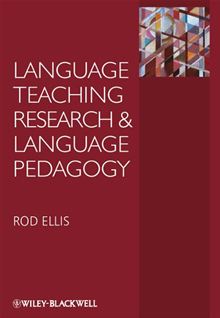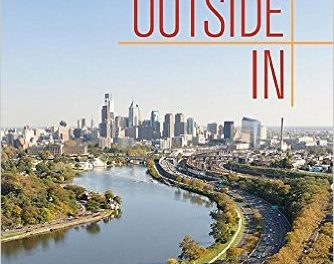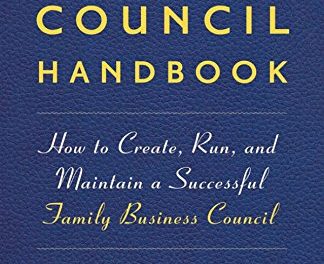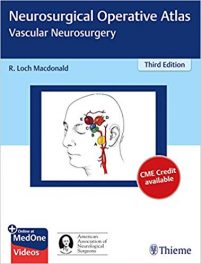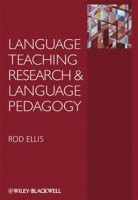 Author: Rod Ellis
Author: Rod Ellis
Publisher: Wiley-Blackwell – 387 pages
Book Review by: Deekay Daulat
The art and science of teaching or pedagogy is the subject of this book, with emphasis on discovering, through research, how to make teaching language easier and more effective.
The author Rod Ellis presents in this highly informative book a range of subjects pertaining to research on language teaching in 11 chapters, the first serving as the Introduction and the 11th being the Conclusion.
From his viewpoint, the thesis of this book is that that there basically two main ways of looking at language teaching, especially with regards to teaching a second language (the first language being the one you learn at home after birth in the process of growing up).
The first way of looking at language teaching is what he calls ‘the external view’ which consists of approaches, materials, methods and techniques. He writes that this is fairly evident in books on language teaching curricula and in handbooks written for teachers of language. Such a view helps teachers plan their lessons in language teaching.
The second way is what he terms the ‘internal view’ that looks at language teaching as a process. It takes into account classroom interactions that occur when teachers implement their lesson plans in different ‘participatory structures’ (teacher-class versus small group work). Matters such as turn-taking, how meaning is arrived at, what questions teachers ask their students, the use made of learners’ first language, and corrective feedback are addressed in this language-teaching process.
Depending on which of the two ways they look at language teaching, researches can choose different methods in investigating language teaching, Ellis points out. He elaborates on this: “They can examine the effect of externally defined instructional devices on language learning. For example, they might ask whether one method is more effective than another in promoting language proficiency or whether some specific way of teaching grammar is more effective than another.”
I remember when I was studying French in college, I hated to memorize the various conjugations and tenses. I simply said to myself that the best way for me to learn to speak French was to meet and mingle around French-speaking people as much as possible. I figured I would pick up conversational French naturally and easily this way, and I would correct myself when people pointed out I was speaking in the wrong tense. My desire to learn conversational French was not strong enough, so I never learned that language.
There are other ways researchers can find out how effective are other language-teaching methods, the author points out. For example, they can “examine the general processes that arise in language lessons” or they can “examine which classroom processes arise as a result of the teacher selecting some specific externally defined device,” or they can “examine the relationship between classroom processes and second-language learning.”
Rod Ellis points out that process-product studies, being arguably the most informative, utilize more than one investigative approach. He notes that for example, studies looking at a specific way of teaching grammar can examine the classroom processes that arise in the instruction, as well as the learning that takes place. Typically researchers must use a variety of “tools” to investigate problems and obstacles that arise in making language teaching more effective.
This book covers the following aspects of research into teaching language:
- Introduction: Developments in Language-Teaching Research
- Methods for Researching the Second-Language Classroom
- Comparative-Method Studies
- Second-Language Classroom Discourse
- Focus on the Teacher
- Focus on the Learner
- Investigating the Performance of Tasks
- Interaction and Second-Language (L2) Learning in the Classroom
- Form-Focused Instruction and Second-Language Learning
- Instructions, Individual Differences and LS Learning
- Conclusion: Research and Language Teaching
For the benefit of readers, there is a Reference section of nearly 40 pages containing a list of books and material on numerous related topics for further study.
This is a highly informative book on the subject of teaching language and research methods in the area of language teaching.

